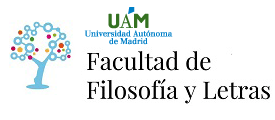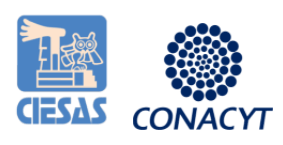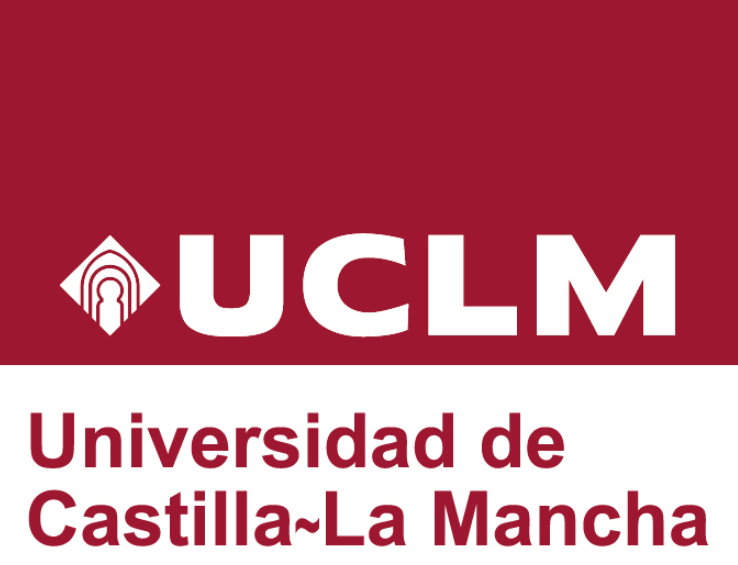COLLABORATIVE GAME DESIGN: AN EXPERIENCE ON OPEN-ENDED VIDEOGAME ENVIRONMENTS.
his research proposes a methodology to teach English through collaboratively built 3D interactive environments, using gamification as criteria, to recreate and simulate daily situations. For the design of the environments and situations we relied on corpus-based contents. The contribution of a group of teachers sharing their experiences in the classroom was needed in order to stablish and test the negotiating process for deciding on the interactions to be developed. The 3D environments count with Non-Playable Characters (NPCs), scenarios and interactive narratives that could be shaped according to the needs of the user, with the NPCs presenting challenges with rewards inside and outside the virtual environment. The role of teachers is not only restricted to the design of the virtual interactions, but also, to the function of gate-keepers, unlocking new areas when programmed tasks are collectively achieved. In this way, the acquisition of communication skills and development of critical thinking was favoured. Therefore, this new methodology would be a contribution to the development and construct of knowledge, and at the same time, to the study of the language, which for now. in Ecuador, does not reach acceptable international standards, due in large part to the students’ demotivation generated by methods that ignore the advantages that the use of ICTs offers. The qualitative feedback from the participants in this experiment was gathered through the use of participant observation, focus groups and interviews oriented towards the negotiation and scaffolding of content and the motivation of participants both planners and players.
(*)El autor o autora no ha asociado ningún archivo a este artículo









